How is Fabric Made? Understand the Process in 3 Steps
We are fabric artists are we not? On our good days, at least, we make beautiful quilts, garments, purses, hats, whatever out of fabric. But how often do we stop to ask ourselves… how is fabric made?
I had a moment like this recently. I actually held my T-shirt up to my face and said out loud, “What?! How did they do that!” Yeah, I looked like a weirdo because I was in a restaurant when I did this, but I could help myself. If you’re wearing a T-shirt, take a good look at it. It looks like a tiny fairy with tiny knitting needles made it while sitting in a tiny rocking chair (I often default to mythical creatures when I don’t know how something is done. Proof: this post on how sewing machines work.)
I decided I needed to get to the bottom of this, Super Sleuth Suzy style. You know how I love sleuthing.

How is Fabric Made? My Sleuthing Journey
The first thing I found out on my sleuth journey (Yes, I’m going to use the word sleuth as many times as I can) is that different fabrics are made different ways. I know, duh, right? But it makes a really huge difference, actually. Let’s cover some of the basic sources real quick:
Cotton
Cotton comes from the cotton plant. You might know about this one already. The cotton is picked, then rolled out to remove the seeds, then separated into bales.
Trending patterns!

The above pattern is Fly Away and can be purchased here.
Silk
SILK COMES FROM A WORM! Yeah, we already covered this in the post on how thread was made, but that doesn’t make it any less awweeesoooooomeee. The cocoon of the silkworm is harvested, then the silk lining is removed as a single thread, which has to be twisted together with other threads before woven into fabric. Crazy.
Wool
Thank you, sheep. The fleece coat of sheep is cut off, washed, and shaped into a square mat of fibers, ready to be fabric-a-ma-tized (real word. Don’t believe me? Sleuth for yourselves.)
Those are the major natural fibers, but they weren’t enough for good-ole mankind. We decided we needed to make some of our own. Here are the most popular people-produced fibers (also called synthetics):
Rayon
This one is relatively new, invented in the 1800s. Think of it as the poor-man’s silk. It’s made by forcing cellulose through a spinneret machine. Cellulose, you say? It’s a plant sugar. Weird, I know. Spinneret, you say? It was new to me, too. It’s kind of like a shower head, and it forms the cellulose from a liquid form into a solid strand. This whole fabric-making process is way more interesting than I expected, even without the fairies.
Nylon
You know, as in nylons, as in “Ugh! I have a run in my nylons!” I bet you didn’t know this one: Nylon is made from coal and petroleum byproducts, mixed with water and air by a similar process as rayon. I did not see that one coming. But it gets weirder...
Polyester
The strongest and most versatile of the synthetics, is also made spinneret-style… but with alcohol derivatives. What?! We humans sure are creative with our alcohol. Ahem.
So there’s a summary of my source-sleuthing. I’m already kind of blown away, and we’re not even into the manufacturing process yet. Let’s go there! No matter if your fibers are coming from worms or pushed through shower heads, they’re going to go through three basic steps before they reach fabric-status.
How to Sew with Different Fabric Substrates!

Above fabric from April Rhodes' fabric line. Buy it here.
The Fabric Making Process in 3 Steps
- Becoming Yarn. It’s every fiber’s dream to become yarn, because that means they get a chance to grow up and become fabric. How is raw fiber transformed into strands of yarn? The same way I try to transform my thighs: a rigorous spin class. You can technically spin fibers by hand, but ain’t nobody got time for that. Most spinning takes place on a spinning wheel, which you may be familiar with if you binge-watched Sleeping Beauty on repeat as a child, like me. The modern ones look slightly less small and eternal-sleep inducing.
- Joining Together. Threads… unite! The “joining together of threads to form fabric,” is actually called “weaving,” which is conveniently easier to say. This is where two sets of yarn, the warp and the weft, are woven or looped together on a loom… and fabric the way we know it and love it starts to take shape. (See a great weft and warp diagram in this post about chambray and denim.)
- Processing. Even though woven threads fresh off the loom look a lot like fabric, they also have some weird discolorations and impurities, seed particles and other junk. To get a fresh, clean, crisp white sheet, it takes some cleaning. Most fabric is also treated with chemicals to remove oils and wax which occur naturally in most fibers. Man, fabric! You’ve been through a lot!
Now, you may be asking yourself, what about that T-shirt that looked fairy-knit? Great question! Knit fabrics, also known as jersey, are actually not woven… they’re knitted. (Did a lightbulb just go off in your brain, too?! No? You're rolling your eyes? You're saying you knew this already?? OK ok...)
Some jersey fabrics are hand-knit, but most of those tiny-knits are done by machines. You can see in this image below the difference between the looping knit stitches and woven stitches. Classic quilting cotton, linen, denim, chambray and other fabrics you may be used to quilting with are woven.
Woven fabrics unravel easily. Knits, however, do not, so the edges can actually be left raw without any trouble.

Photo cred: Threads Magazine
In conclusion: our fabric goes through a lot before getting into our fabric-lovin' hands. It's pretty amazing! Now that you know about the different processes and types, does it make you want to explore new substrates? I hope so! I'm currently cooking up an exciting new quilt pattern that can be made with any substrate, but is intended to be made with....jersey!
Thaaaaat's right! Soft, squishy, light-weight, lovable jersey! Over the next fews weeks we'll highlight this beautiful substrate more. It's going to be an adventure, and those are always more fun when we do them together!
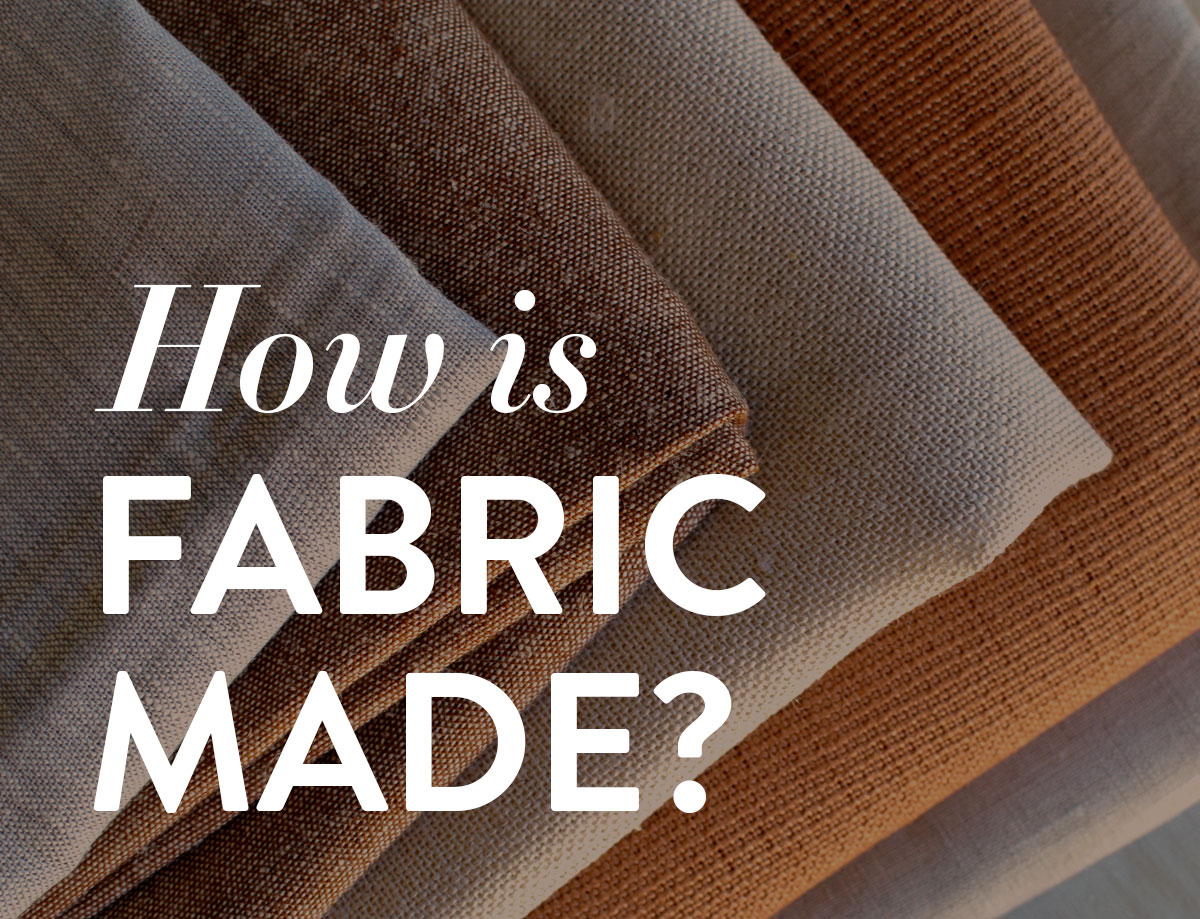
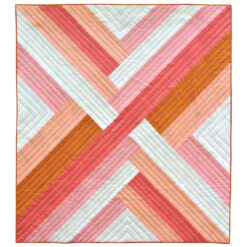
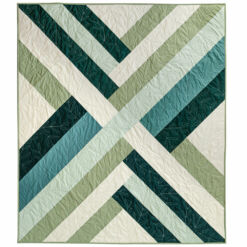
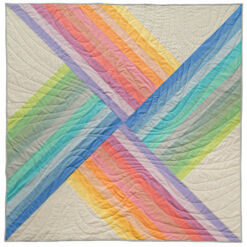
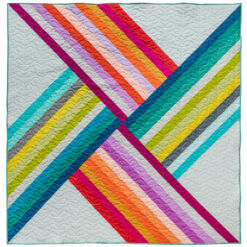
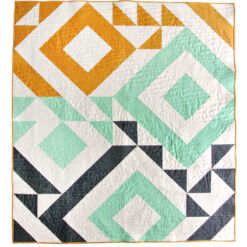
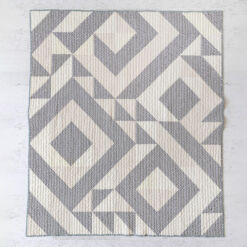
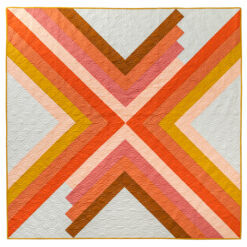
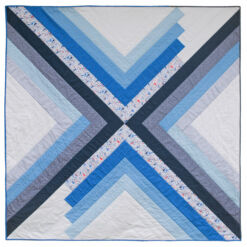
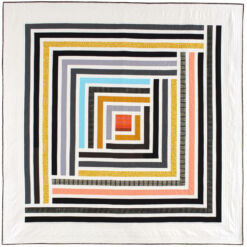
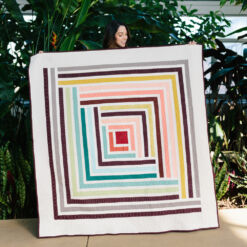
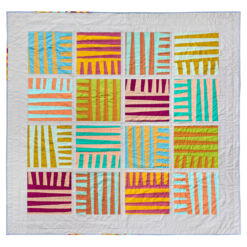
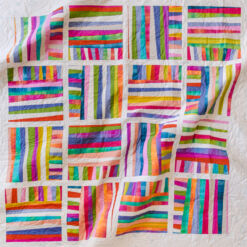
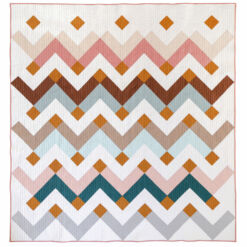
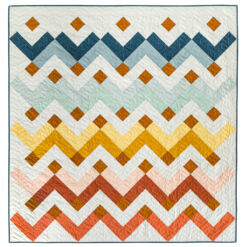
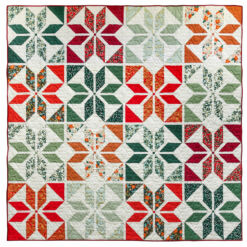
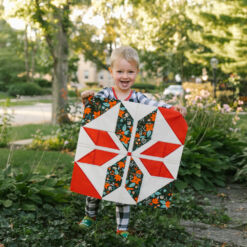
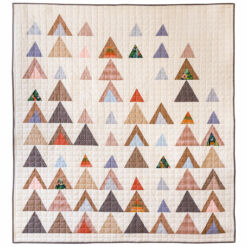
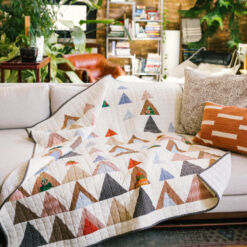

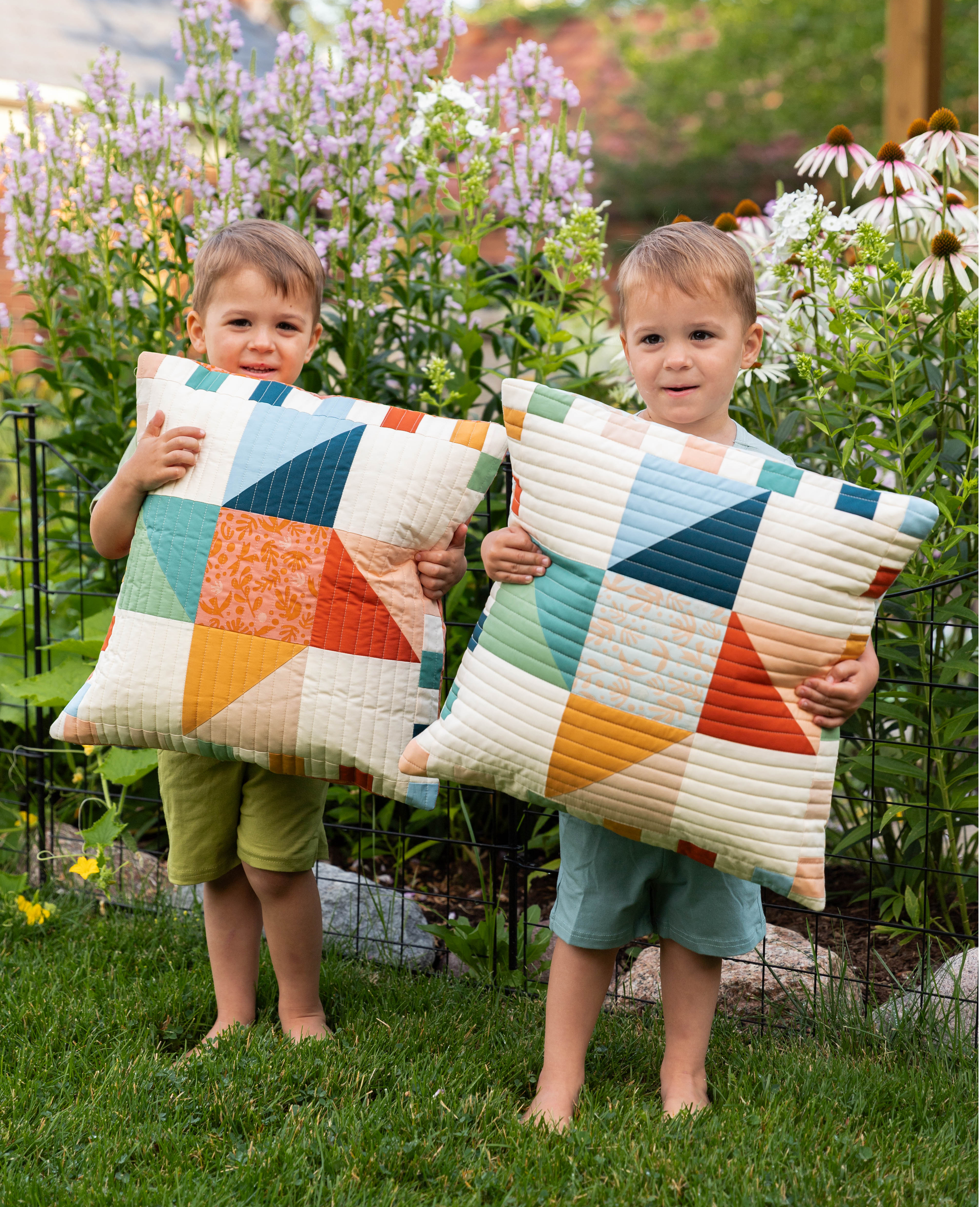

Love these informative posts! I’ll take your Super Sleuth Suzy Stylin’ anytime 😀
Lol…Love this post. Thank you for such an inspiring adventure in the fabric of our lives😁
Wow, so informative! Thank you. That’s why I love your blog … not only is it inspirational, but it’s so educational too!
That’s so sweet! Happy to help 🙂
Love this post. How is Desi 9 weeks already ? crazy how time fly’s by
This is why I read every single post! This is so interesting AND you drop hints about what you’re working on. So fun!
Thank you Suzy for the giggles
Thankyou. Very interesting info. Something I never thought about before.
Whaaaat? No fairies? Awe…shucks. Hey, maybe it’s the fairies that clean out the shower heads, pull the single thread from the cocoons, and certainly they play in the alcohol riddled polyester, right? Great post!
Love this post!! It’s fun to think about the sources and products!! Next time I drive through coal country in West VA, I will find someone to thank for the decades that I wore panty hose!!
Great post Suzy! Can’t wait to see your next couple on jersey fabrics. I’m new to sewing so keen for any tips for sewing with the stretchy stuff!
Oh Suzy, every post I read makes me happy. I love that you type how you talk. Clearly I’m behind the times on this “old” post – was 2018 really FIVE years ago?!?! Help me, Lord – but I’m loving everything I come across. <3